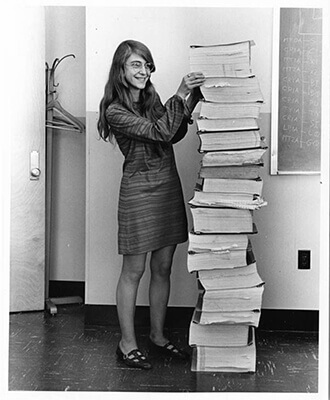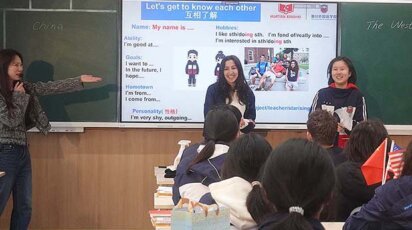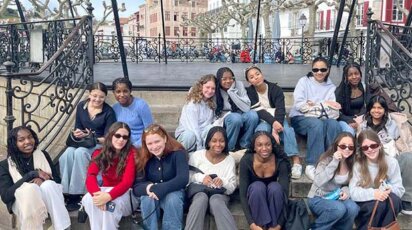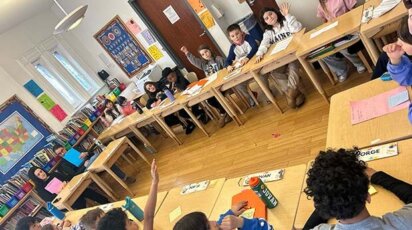News
History Club Members Advance in National History Day Competition
Congratulations to the Poly Middle School students and members of the History Club who advanced to the state level of the National History Day competition, and to William LR. ’24, who will compete on the national level—the first time anyone at Poly recalls one of our students having that honor.

More than half a million students compete annually in The National History Day competition, which is organized by state. The theme of this year’s competition is “Breaking Barriers in History,” which drew in five members of Poly’s History Club: Junie B. ‘24, June Dorsch ‘23, William LR. ‘24, Marisa T. ‘24, and MaKiyah T. ‘24. The 2020 National Contest will be held virtually.
Moving on to the nationals is eighth grader William LR… His project: “The Colonizer’s Cure: Quinine and the British Empire,” a paper describing the history of quinine, an anti-malarial drug, and imperialism in South America, West Africa, and India.
“Since September, the other members of History Club and I have been working on our projects.” said William, “I focused on how quinine acted as a trailblazer, both in terms of imperialism and medical science. Dr. Dwiggins, our coach, pointed me to a lot of great sources, and I was lucky to have lots of help from him, Mr. Fabella, other Poly history teachers, and most of all, my teammates. Our team went to NYC History Day in March and some of us advanced from there to the virtual state competition. Now, I’ll work on revising my paper to submit it to the national competition.”
History Department Chair Maggie Moslander is understandably proud of the students.
“They exemplify everything we treasure about history students at Poly,” she said. “They crafted thought-provoking historical questions, diligently and carefully conducted research, closely read primary and secondary sources, and produced well-argued, nuanced, and thoughtful papers and websites. We are so grateful to them for modeling excellence in the study of history, and feel so fortunate to be their teachers!”

Ninth grader June Dorsch received third place in the Senior Paper category for her paper, “Elizabeth Jennings and the Legal Rights Association: A Movement to Desegregate Streetcars in New York City,” while Marisa T. and Junie B. received first place in the Junior Group Website category for their website “Breaking Barriers to the Moon and Back: How Margaret Hamilton’s Software Sent Men to the Moon.”
“Our National History Day project was about Magaret Hamilton,” said Marisa T. “We discovered her when we saw that Google had used the Ivanpah Solar Electric Generating System’s solar panels to reflect the moon at night to create a portrait of Margaret Hamilton. Since Margaret Hamilton was a little known person who had a great impact on technology, we decided that she “broke barriers.” As we looked further into Hamilton’s work, we learned about how she initially became a software engineer while she was working at MIT to support her husband while he attended Graduate School. Even though she planned to go to graduate school herself after her husband finished, she discovered that she could work on the Apollo Project and was very interested in writing software to take men to the moon. From here she became the head of MIT’s software engineering team which was contracted to NASA. In the website which we created, which can be found here, we cast light on the fact that her work was crucial to Apollo 11’s moon landing, and how that was only one of the many impactful things that she did in her career. Dr. Dwiggins and Mr. Fabella both helped to guide our research, and ensure that our project included everything that it needed.”



